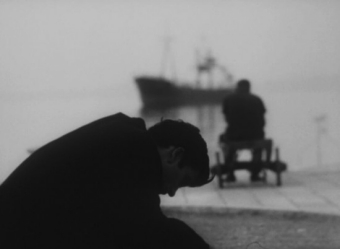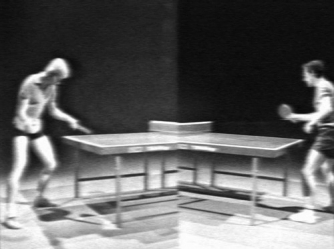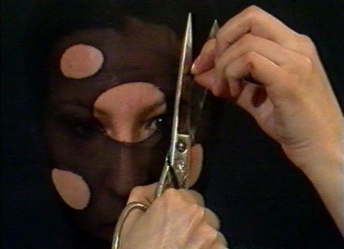Although he made approximately 60 films (including one feature film, House on Sand [Kuća na pijesku], 1982–85), it is often said of Ivan Martinac (1938–2005) that he had been making a single movie all his life. Indeed, his entire oeuvre, both the early works made at the Kino Klub Belgrade before 1962 and later shorts shot in Split, consists of structural and poetic variations on the existentialist themes of life and death, anxiety and loneliness, transcience and eternity. Acceleration, his second professionally produced film, also pursues these themes, and it is structurally comparable to his representative Monologue on Split (Monolog o Splitu) (1961–62), a poetic reflection on the transience of material life characterized by a Mediterranean ambience, contemplation, mosaic structure, and repetitive editing patterns. The filmmaker himself described Acceleration as “a film about the dominance of time and space over a human being.”[1] It is composed of progressively accelerating juxtapositions of transition shots reminiscent of the style of Yasujirō Ozu—postcardlike images of stone walls and windows, ships, roofs, city panoramas with passersby, trains in motion, a graveyard, and other mundane subjects suggesting the passing of time—and a lonesome or alienated human being surrounded and gradually absorbed by them to the point of absence or disappearance. The film’s form makes it somewhat neurotic, which can also be said of the film’s psychological effect. — Diana Nenadić
With thanks from the series organizers to Diana Nenadić and the Croatian Film Association (Hrvatski Filmski Savez), Zagreb, for assistance in research for the series and for making a screening of this film possible in Washington.



